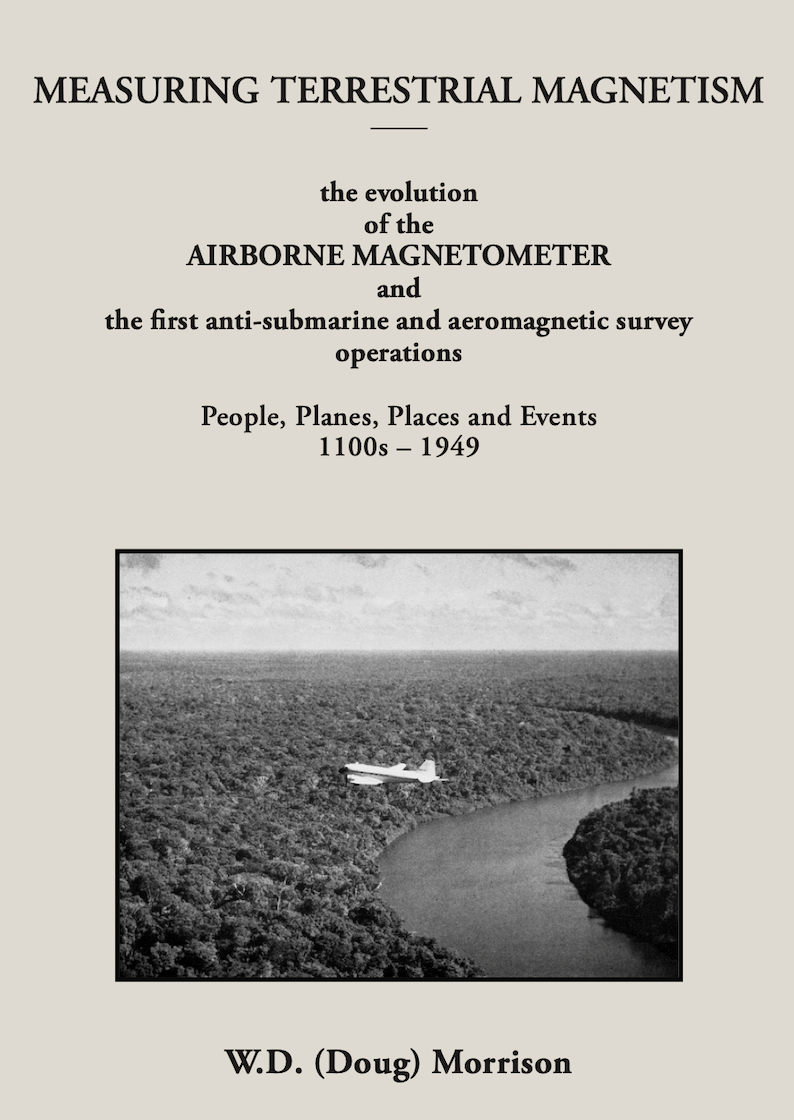Membership renewals open for 2024 - Click here
Prototype Caesium Vapour Magnetometer Sensor
University of New England. Armidale, Australia
1970
Method: Magnetics
Description
In 1969, Associate Professor Ron Green, Head of the newly created Department of Geophysics at the University of New England, proposed the use of optical pumping as a means to measure Total Magnetic Intensity. The initial tasks in the development of this sensor were undertaken as a joint Honours Degree project in 1969 by Jim Cull and John Stanley. The tasks were to manufacture a Cs spectral lamp and absorption cell. Both the glass lamp bulb and absorption cell, each were to contain a trace of highly reactive Cs metal under vacuum. A method had to be developed to sterilise the glass of all impurities if the presence of free Cs metal was to be maintained for the life of the instrument. The Cs spectral light source required to perform optical pumping demanded a high degree of stability and this was achieved by RF excitation at nominally 200 MHz. Jim Cull successfully built a valve driven oscillator that met this purpose. John Stanley developed a process for sterilising the glass and for distilling metallic Cs into the lamp bulb and absorption cell under vacuum. In 1970 John continued the project to develop a self-oscillating magnetic sensor and digital magnetometer as research towards his PhD. In the prototype shown, the valve oscillator had been replaced by a transistorised one (RHS) and the feedback electronics (LHS) were built using discrete transistor components. In 2016, 46 years after the lamp bulb was manufactured, this lamp was still functioning.
Absolute Total Field sensor.
Serial Number: 1
Year of manufacture: 1970
Origin: University of New England. Armidale, Australia

